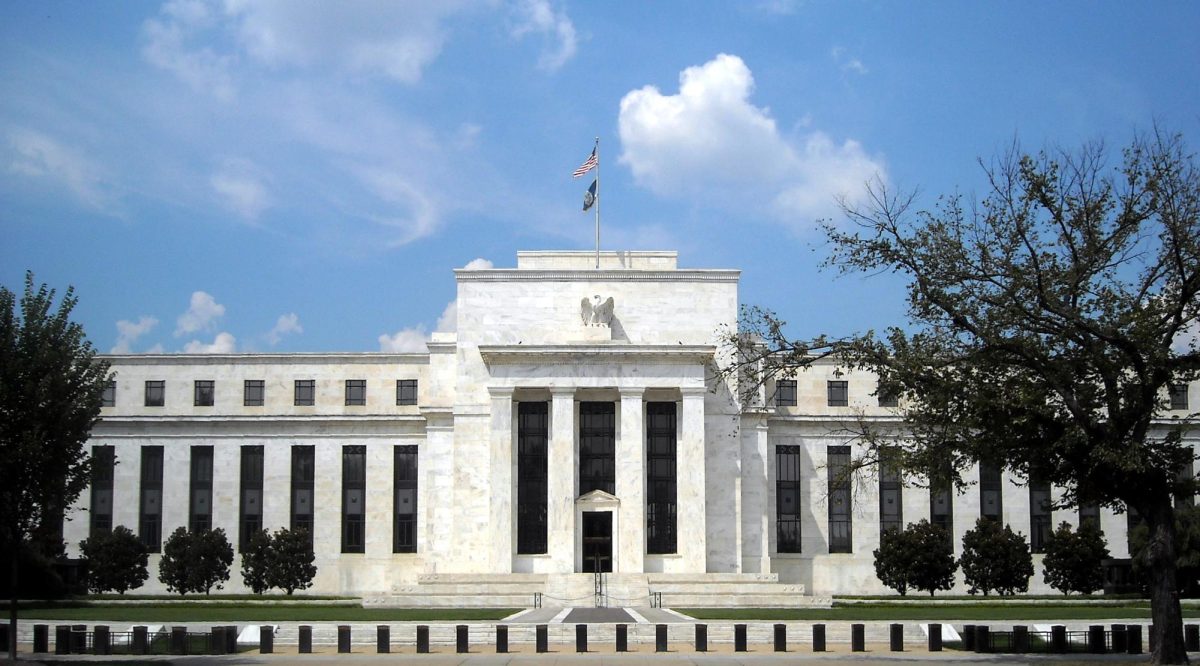U.S. stock markets closed high on Monday, Sept. 30, with the S&P 500 and the Dow Jones Industrial Average reaching record levels as investors reacted positively to Federal Reserve Chair Jerome Powell’s commentary.
The odds of another 50-basis point rate cut decreased to 35%. In contrast, Chinese markets experienced a bullish surge, with the Shenzhen Stock Exchange Composite Index spiking 11%—its largest one-day gain since 1996—while the CSI 300 rallied 8.5%, marking its best day since 2008. This shift towards riskier assets led to a notable drop in China’s 10-year bond yields.
However, markets retreated on Tuesday, with the S&P 500, Dow, and Nasdaq Composite declining by 0.9%, 0.4%, and 1.5%, respectively. Investors reacted to tensions in the Middle East and mixed economic data, while oil prices surged 3.6%, reaching $70.76 per barrel amid rising supply concerns. The 10-year Treasury yield fell by 5.5 basis points, closing at 3.73%, with a year-to-date change of -20.8 basis points.
On Wednesday, U.S. stocks remained relatively flat as investors processed additional economic data. The S&P 500 was unchanged, the Dow edged up 0.1%, and the Nasdaq rose 0.1%. Meanwhile, Hong Kong’s Hang Seng surged by 6% for a sixth consecutive day, driven by optimism surrounding China, pushing the index to a 22-month high after a 31% climb over the past three weeks.
The Japanese yen dropped over 2%—its worst decline in two years—as hopes for a Bank of Japan rate hike faded, and the 10-year Treasury yield rose to 3.78%.
Markets saw mixed performance on Thursday as investors remained cautious ahead of Friday’s jobs report. The S&P 500 and Dow declined by 0.2% and 0.4%, respectively, while the Nasdaq remained flat. Oil prices continued their upward momentum, gaining over 9% week-to-date as supply concerns persisted.
U.S. markets closed higher on Friday, buoyed by a stronger-than-expected September employment report, which revealed a growth surge of 254,000 jobs—surpassing forecasts by over 100,000.
The unemployment rate fell to 4.1% from 4.2% in August, reflecting the labor market’s resilience. In response, the S&P 500, Dow, and Nasdaq rose by 0.9%, 0.8%, and 1.2%, respectively, as investors reacted positively to the robust economic data and the potential for moderated Fed rate adjustments.
During the week, global events and economic data shaped the market landscape. U.S. stocks hit record highs early in the week but retreated midweek. Investors should remain vigilant and closely track macroeconomic developments to make informed decisions and adapt their strategies accordingly.








